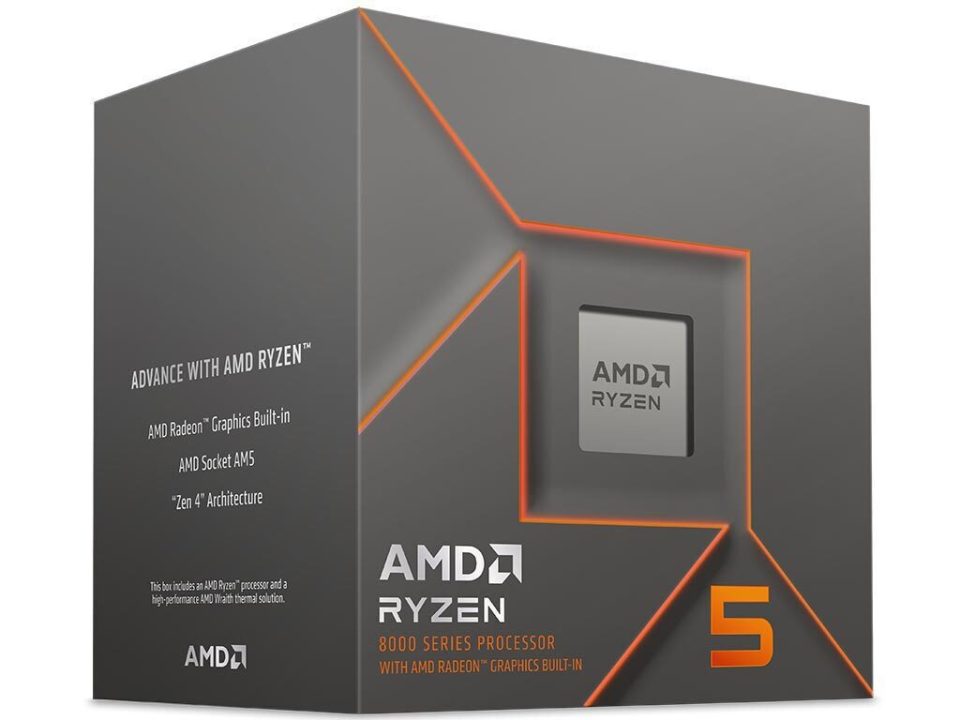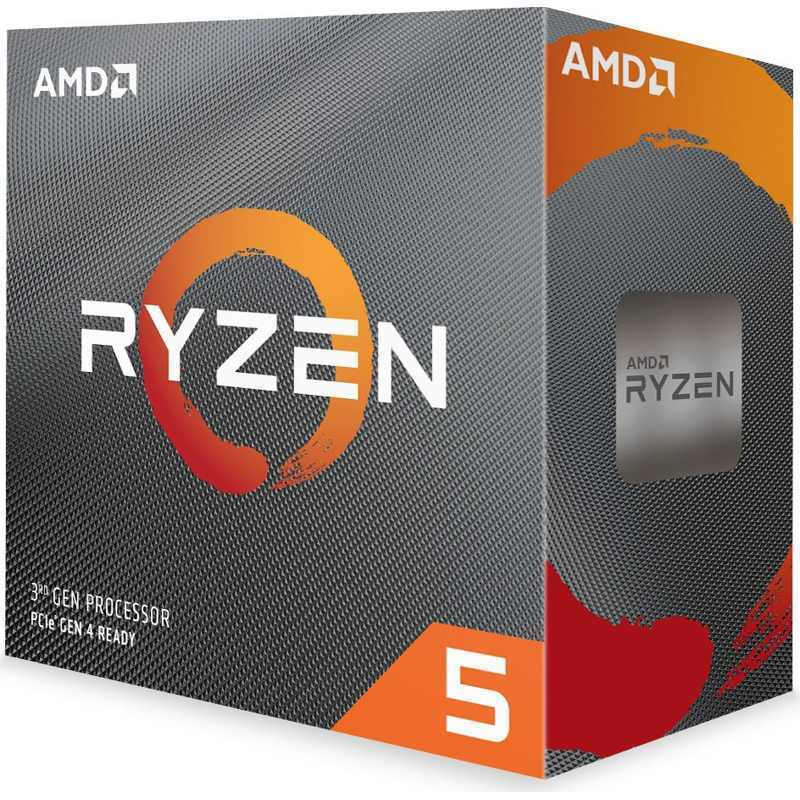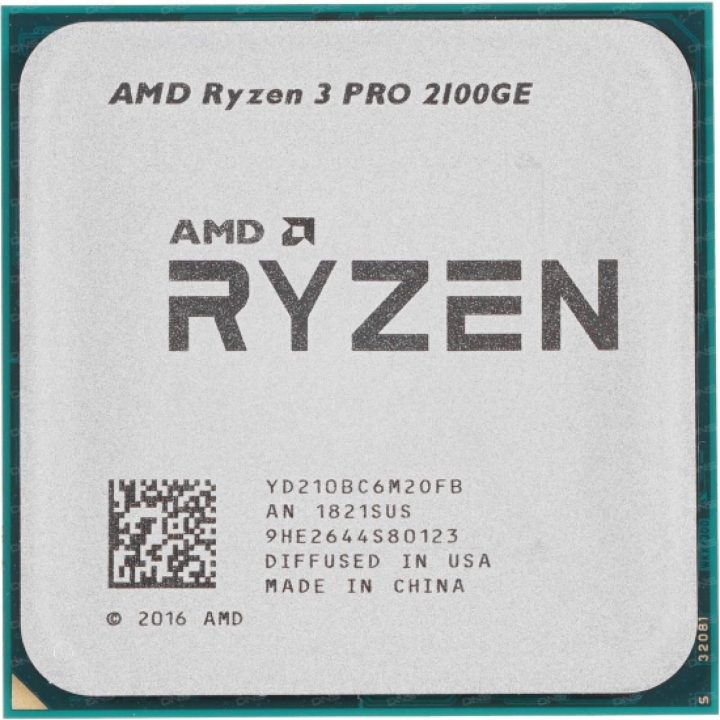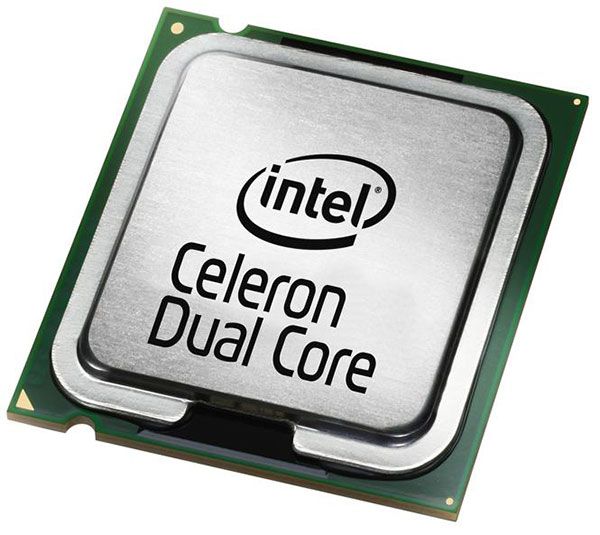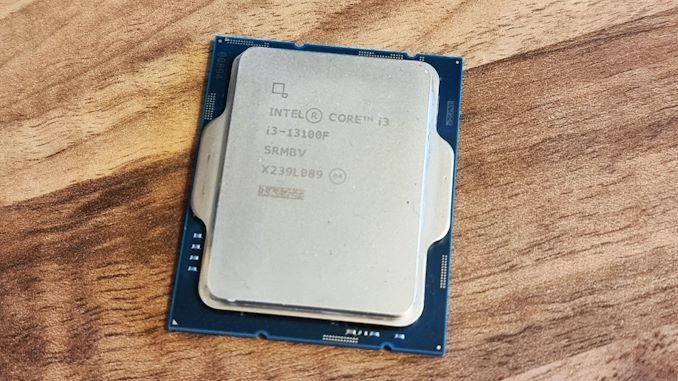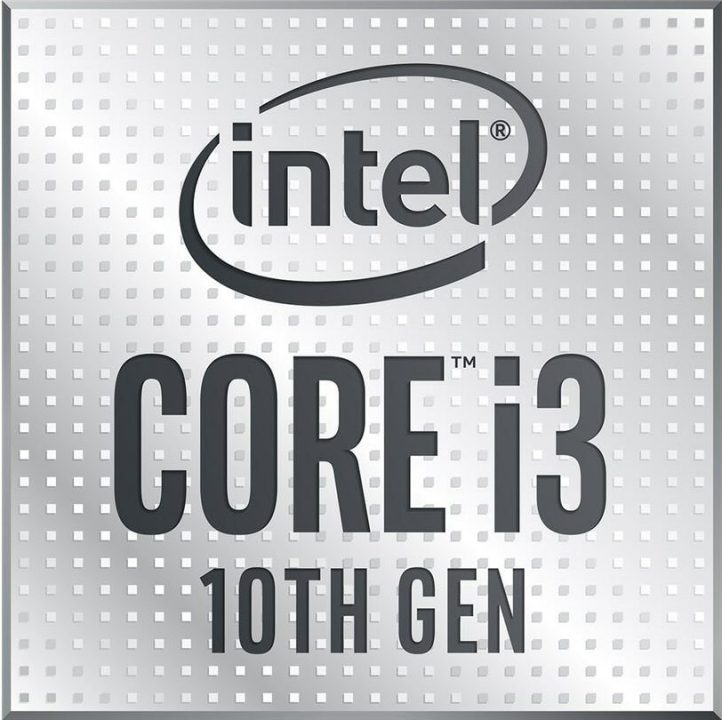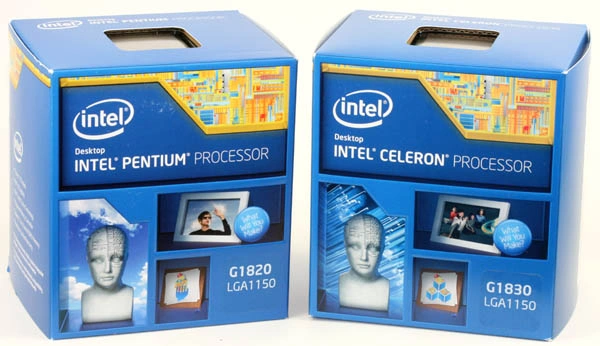Exploring the Performance and Features of AMD Ryzen 5 8500G 3.5GHz: A Complete Review
The AMD Ryzen 5 8500G is the latest addition to the company’s Ryzen lineup, offering a compelling combination of processing power and integrated graphics capabilities. As a part of the Ryzen 5 series, the 8500G is positioned to cater to a wide range of users, from budget-conscious consumers to those seeking a well-rounded solution for their computing needs. In this comprehensive article, we’ll delve into the various aspects of the Ryzen 5 8500G, exploring its architectural design, performance benchmarks, graphics capabilities, power efficiency, and more, to help you determine if this processor is the right fit for your system.
Overview of the Ryzen 5 8500G processor
The Ryzen 5 8500G is a mid-range processor that boasts impressive specifications, including 6 cores and 12 threads, a base clock speed of 3.0 GHz, and a maximum boost clock of 4.4 GHz. Manufactured using AMD’s advanced 7nm process technology, the 8500G is designed to deliver a balance of performance and efficiency, making it a suitable choice for a wide range of applications, from everyday productivity tasks to light gaming and content creation.
Positioning within AMD’s Ryzen lineup and target market
Within AMD’s Ryzen lineup, the 8500G occupies a strategic position, bridging the gap between the more affordable Ryzen 5 series and the higher-end Ryzen 7 and Ryzen 9 offerings. This positioning allows the 8500G to cater to a diverse audience, including budget-conscious users, small-form-factor system builders, and those seeking a capable all-in-one solution without the need for a dedicated graphics card. The integrated Radeon graphics further expand the 8500G’s appeal, making it a viable option for users who prioritize a compact and energy-efficient system for light gaming, media consumption, and everyday tasks.
Key Takeaways
- The AMD Ryzen 5 8500G is a powerful processor with integrated Radeon graphics capabilities.
- The Zen 3 core design of the processor provides impressive architectural improvements for enhanced performance.
- Benchmarks and real-world testing demonstrate the strong processor performance of the AMD Ryzen 5 8500G.
- The processor’s integrated Radeon graphics offer impressive capabilities for gaming and multimedia tasks.
- The AMD Ryzen 5 8500G offers a compelling value proposition with its power efficiency, thermal management, and competitive pricing.
Architectural Overview: Zen 3 Core Design
The AMD Ryzen 5 8500G is built upon the company’s latest Zen 3 core architecture, which represents a significant advancement over the previous Zen 2 design. This architectural shift has brought about several key improvements that contribute to the 8500G’s overall performance and efficiency.
Explanation of the Zen 3 core architecture
At the heart of the Ryzen 5 8500G lies the Zen 3 core architecture, which introduces a range of enhancements compared to its predecessor. One of the most notable changes is the unified L3 cache design, which combines the previously separate L3 caches into a single, larger cache pool. This unified cache design allows for faster data access and reduced latency, leading to improved overall performance.
Improvements over previous Zen generations
The Zen 3 architecture also brings other significant improvements, such as increased instructions per clock (IPC) and enhanced branch prediction. These advancements contribute to a more efficient execution of instructions, resulting in higher performance across a wide range of workloads. Additionally, the Zen 3 cores feature improved power management and thermal characteristics, allowing the 8500G to operate more efficiently and with better thermal control.
Impact on overall processor performance
The combination of the Zen 3 core architecture, increased cache size, and other enhancements has a tangible impact on the Ryzen 5 8500G’s overall performance. In both single-threaded and multi-threaded scenarios, the 8500G demonstrates a noticeable improvement over previous Ryzen generations, making it a more capable and well-rounded processor for a variety of tasks, from everyday productivity to light content creation and gaming.
Processor Performance: Benchmarks and Real-World Testing
To fully understand the capabilities of the AMD Ryzen 5 8500G, it’s essential to examine its performance across a range of benchmarks and real-world applications. This comprehensive analysis will provide a clear picture of the processor’s strengths and how it compares to the competition.
Detailed analysis of the Ryzen 5 8500G’s performance in various benchmarks
In synthetic benchmarks, the Ryzen 5 8500G has shown impressive results, often outperforming its direct competitors in the same price range. In single-threaded tests, the 8500G’s Zen 3 core architecture shines, delivering excellent scores that rival even some higher-end Ryzen processors. In multi-threaded workloads, the 8500G’s 6 cores and 12 threads also contribute to strong performance, making it a capable choice for tasks that can leverage parallel processing.
Comparison to competing processors in the same price range
When pitted against other mid-range processors from Intel and AMD, the Ryzen 5 8500G holds its own. In both CPU-intensive and multi-tasking scenarios, the 8500G consistently delivers performance that matches or exceeds its competitors, often providing a better price-to-performance ratio. This positioning makes the 8500G an attractive option for users seeking a well-rounded processor that can handle a variety of workloads without breaking the bank.
Real-world application and gaming performance evaluation
Beyond synthetic benchmarks, the Ryzen 5 8500G’s performance shines in real-world applications and gaming scenarios. In productivity suites, content creation tools, and everyday tasks, the 8500G demonstrates its ability to handle a wide range of workloads efficiently. When it comes to gaming, the 8500G’s integrated Radeon graphics provide a capable solution for light to medium gaming, allowing users to enjoy a satisfactory gaming experience without the need for a dedicated graphics card.
Integrated Graphics: Radeon Graphics Capabilities
One of the key features of the AMD Ryzen 5 8500G is its integrated Radeon graphics, which offer a compelling alternative to dedicated graphics cards for users with modest gaming or multimedia requirements.
Overview of the Ryzen 5 8500G’s integrated Radeon graphics
The Ryzen 5 8500G is equipped with the latest generation of Radeon integrated graphics, providing a significant boost in performance compared to previous Ryzen APUs. These integrated graphics are based on the same RDNA 2 architecture found in AMD’s dedicated Radeon RX 6000 series graphics cards, offering improved performance and energy efficiency.
Comparison to dedicated graphics cards in terms of gaming and multimedia capabilities
While the integrated Radeon graphics in the 8500G may not match the raw power of dedicated graphics cards, they still provide a respectable level of performance for light to medium gaming and multimedia tasks. In esports titles and less demanding games, the 8500G’s integrated graphics can deliver a smooth and enjoyable gaming experience, often outperforming entry-level dedicated graphics solutions. Additionally, the integrated graphics excel in media playback, video encoding, and other multimedia-related workloads, making the 8500G a capable all-in-one solution for users who don’t require the highest levels of graphics performance.
Suitability for light gaming and content creation tasks
The Ryzen 5 8500G’s integrated Radeon graphics make it a suitable choice for users who engage in light gaming or content creation tasks. Casual gamers, esports enthusiasts, and those who enjoy playing less demanding titles will find the 8500G’s graphics capabilities more than adequate, allowing them to enjoy a satisfactory gaming experience without the need for a dedicated graphics card. Similarly, the integrated graphics can handle basic content creation tasks, such as video editing, photo manipulation, and 3D modeling, making the 8500G a versatile option for users with moderate multimedia requirements.
Power Efficiency and Thermal Management
| Performance Metric | AMD Ryzen 5 8500G 3.5GHz |
|---|---|
| CPU Cores | 6 |
| CPU Threads | 12 |
| Base Clock Speed | 3.5GHz |
| Max Boost Clock Speed | 4.1GHz |
| Integrated Graphics | AMD Radeon RX Vega 11 |
| L1 Cache | 384KB |
| L2 Cache | 3MB |
| L3 Cache | 8MB |
| TDP | 65W |
In addition to its performance capabilities, the AMD Ryzen 5 8500G also demonstrates impressive power efficiency and thermal characteristics, which are crucial considerations for system builders and users.
Examination of the Ryzen 5 8500G’s power consumption and thermal characteristics
The Ryzen 5 8500G is designed with a focus on power efficiency, with a thermal design power (TDP) of just 65 watts. This relatively low power consumption allows the processor to operate efficiently, generating less heat and requiring less robust cooling solutions compared to more power-hungry alternatives. The 8500G’s thermal characteristics are also well-managed, with the processor able to maintain stable performance even under sustained workloads without excessive heat buildup.
Comparison to other processors in terms of energy efficiency
When compared to other mid-range processors, the Ryzen 5 8500G stands out for its impressive energy efficiency. The combination of the 7nm manufacturing process and the Zen 3 core architecture allows the 8500G to deliver excellent performance while consuming less power than many of its competitors. This efficiency translates to lower electricity bills, reduced system cooling requirements, and the potential for more compact and energy-efficient system designs.
Implications for system cooling requirements and overall system design
The Ryzen 5 8500G’s power efficiency and thermal characteristics have a positive impact on system cooling requirements and overall system design. The processor’s relatively low TDP means that less robust and often less expensive cooling solutions, such as basic air coolers, can be used to effectively manage the processor’s heat output. This, in turn, allows system builders to create more compact and cost-effective systems without sacrificing performance, making the 8500G an attractive option for small-form-factor builds, home theater PCs, and other space-constrained applications.
Overclocking Potential and Customization
While the AMD Ryzen 5 8500G is a capable processor out of the box, it also offers the potential for further performance enhancement through overclocking and customization.
Exploration of the Ryzen 5 8500G’s overclocking capabilities
The Ryzen 5 8500G has demonstrated a decent level of overclocking headroom, allowing users to push the processor’s performance even further. With the help of robust cooling solutions and the right overclocking tools, the 8500G can often be coaxed to achieve higher clock speeds, resulting in tangible performance gains in both single-threaded and multi-threaded workloads.
Strategies and tools for optimizing performance through overclocking
Overclocking the Ryzen 5 8500G typically involves adjusting parameters such as the CPU core voltage, memory timings, and clock speeds. Users can leverage a variety of overclocking tools, including AMD’s own Ryzen Master utility, to fine-tune the processor’s settings and achieve the desired performance boost. It’s important to note that overclocking does come with some risks, such as increased power consumption and heat generation, so users should proceed with caution and ensure adequate cooling is in place.
Considerations and trade-offs when overclocking the processor
While overclocking the Ryzen 5 8500G can yield performance gains, it’s essential to weigh the potential benefits against the potential drawbacks. Increased clock speeds may result in higher power consumption and heat output, which can impact system stability and longevity if not properly managed. Users should also consider the impact of overclocking on the processor’s integrated graphics, as pushing the CPU too far may negatively affect the graphics performance. Striking the right balance between performance and system stability is crucial when overclocking the Ryzen 5 8500G.
Compatibility and Platform Considerations
When evaluating the AMD Ryzen 5 8500G, it’s important to consider its compatibility with various motherboard chipsets and the overall system configuration that would best suit the processor.
Overview of the Ryzen 5 8500G’s compatibility with various motherboard chipsets
The Ryzen 5 8500G is compatible with a range of AMD motherboard chipsets, including the latest B550 and X570 platforms, as well as the more budget-friendly B450 and A520 chipsets. This broad compatibility allows users to choose the motherboard that best fits their needs, whether they prioritize advanced features, overclocking capabilities, or cost-effectiveness.
Evaluation of the processor’s suitability for different system configurations
The Ryzen 5 8500G’s versatility makes it a suitable choice for a variety of system configurations. It can be paired with high-speed DDR4 memory and fast solid-state drives to create a well-balanced and responsive system for everyday tasks, light gaming, and content creation. Additionally, the 8500G’s integrated graphics capabilities make it a compelling option for compact or all-in-one systems where a dedicated graphics card may not be necessary.
Guidance on selecting the appropriate motherboard and other system components
When building a system around the Ryzen 5 8500G, it’s important to carefully consider the motherboard and other system components. For optimal performance and stability, users should pair the 8500G with a high-quality motherboard that offers features such as robust power delivery, advanced memory support, and ample connectivity options. Additionally, selecting fast and compatible RAM, a reliable storage solution, and a suitable power supply can further enhance the overall system’s capabilities and ensure a seamless user experience.
Pricing and Value Proposition
The AMD Ryzen 5 8500G’s positioning in the market is a crucial factor to consider, as it directly impacts the overall value proposition for potential buyers.
Analysis of the Ryzen 5 8500G’s pricing in the current market
The Ryzen 5 8500G is priced competitively within the mid-range processor segment, offering a compelling balance of performance and value. Compared to its direct competitors, the 8500G often provides a better price-to-performance ratio, making it an attractive option for budget-conscious consumers and system builders.
Comparison to alternative processors in terms of price-to-performance ratio
When pitted against other mid-range processors from both AMD and Intel, the Ryzen 5 8500G stands out for its impressive price-to-performance ratio. In many benchmarks and real-world scenarios, the 8500G delivers performance that matches or exceeds more expensive alternatives, providing users with a high-value proposition that is difficult to ignore.
Assessment of the overall value proposition for the target audience
The Ryzen 5 8500G’s combination of performance, power efficiency, and integrated graphics capabilities make it a compelling choice for a wide range of users. Budget-conscious gamers, content creators, and everyday users who don’t require the highest levels of performance can find immense value in the 8500G, as it offers a well-rounded set of features at a reasonable price point. This value proposition, coupled with the processor’s broad compatibility and customization potential, solidifies the Ryzen 5 8500G as an excellent choice for those seeking a capable and cost-effective solution.
Assessing the AMD Ryzen 5 8500G
After a comprehensive examination of the AMD Ryzen 5 8500G, it’s clear that this processor offers a compelling package for a wide range of users. From its impressive Zen 3 core architecture and performance capabilities to its integrated Radeon graphics and power-efficient design, the 8500G stands out as a well-rounded and versatile processor.
Summary of the key strengths and weaknesses of the Ryzen 5 8500G
The key strengths of the Ryzen 5 8500G include its strong single-threaded and multi-threaded performance, excellent power efficiency, and capable integrated graphics. These attributes make the 8500G a suitable choice for a variety of tasks, from everyday productivity to light gaming and content creation. However, the processor’s integrated graphics may not be able to match the performance of dedicated graphics cards for more demanding gaming or professional workloads.
Final thoughts on the processor’s suitability for different use cases
The AMD Ryzen 5 8500G is an excellent choice for users who prioritize a well-balanced and cost-effective solution for their computing needs. It excels in everyday tasks, light gaming, and basic content creation, making it a versatile option for budget-conscious consumers, small-form-factor system builders, and those who don’t require the highest levels of graphics performance. The 8500G’s overclocking potential and broad compatibility further enhance its appeal, allowing users to tailor the processor to their specific requirements.
Recommendations and final verdict on the AMD Ryzen 5 8500G
In conclusion, the AMD Ryzen 5 8500G is a highly recommended processor for users seeking a capable and well-rounded solution that offers excellent value for money. Its strong performance, power efficiency, and integrated graphics capabilities make it a compelling choice for a wide range of applications, from general productivity to light gaming and content creation. While it may not be the best option for those with more demanding workloads or a need for dedicated graphics, the Ryzen 5 8500G stands out as an excellent mid-range processor that delivers a superb balance of features and performance.
